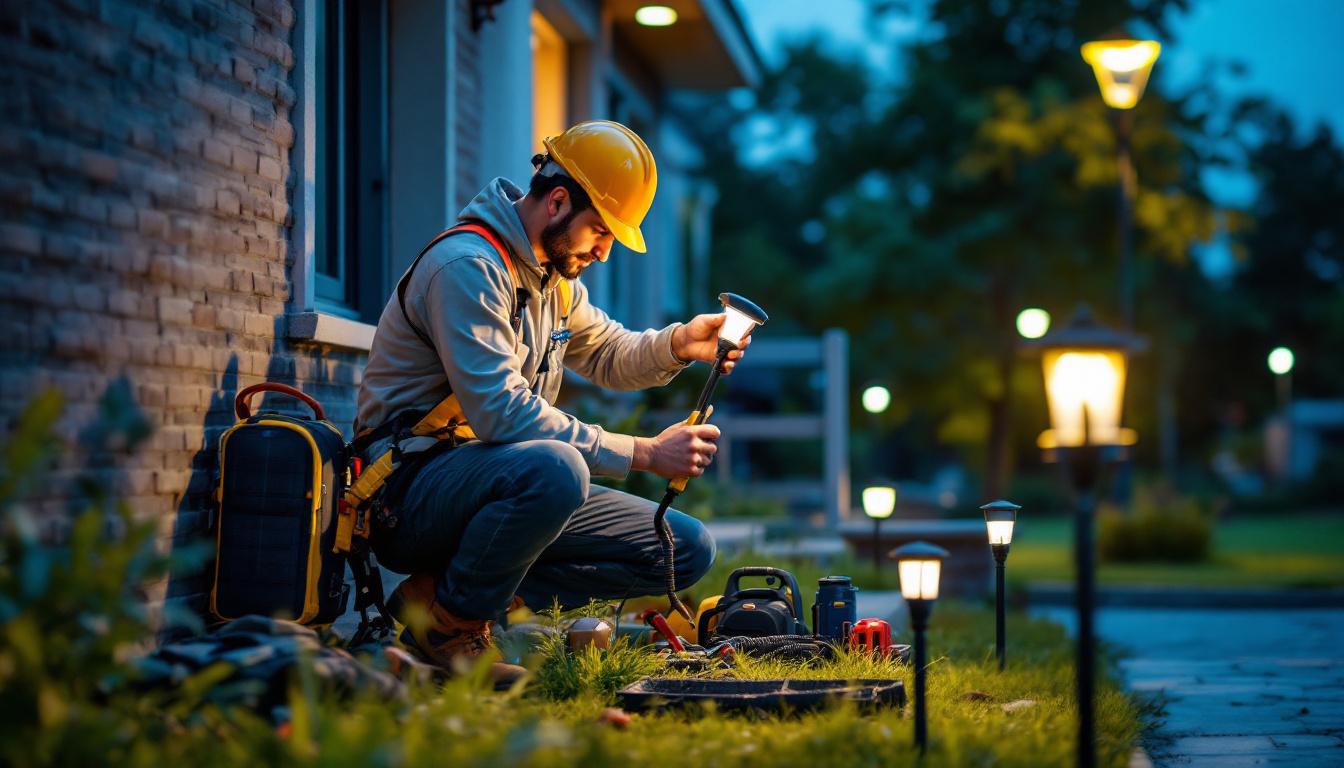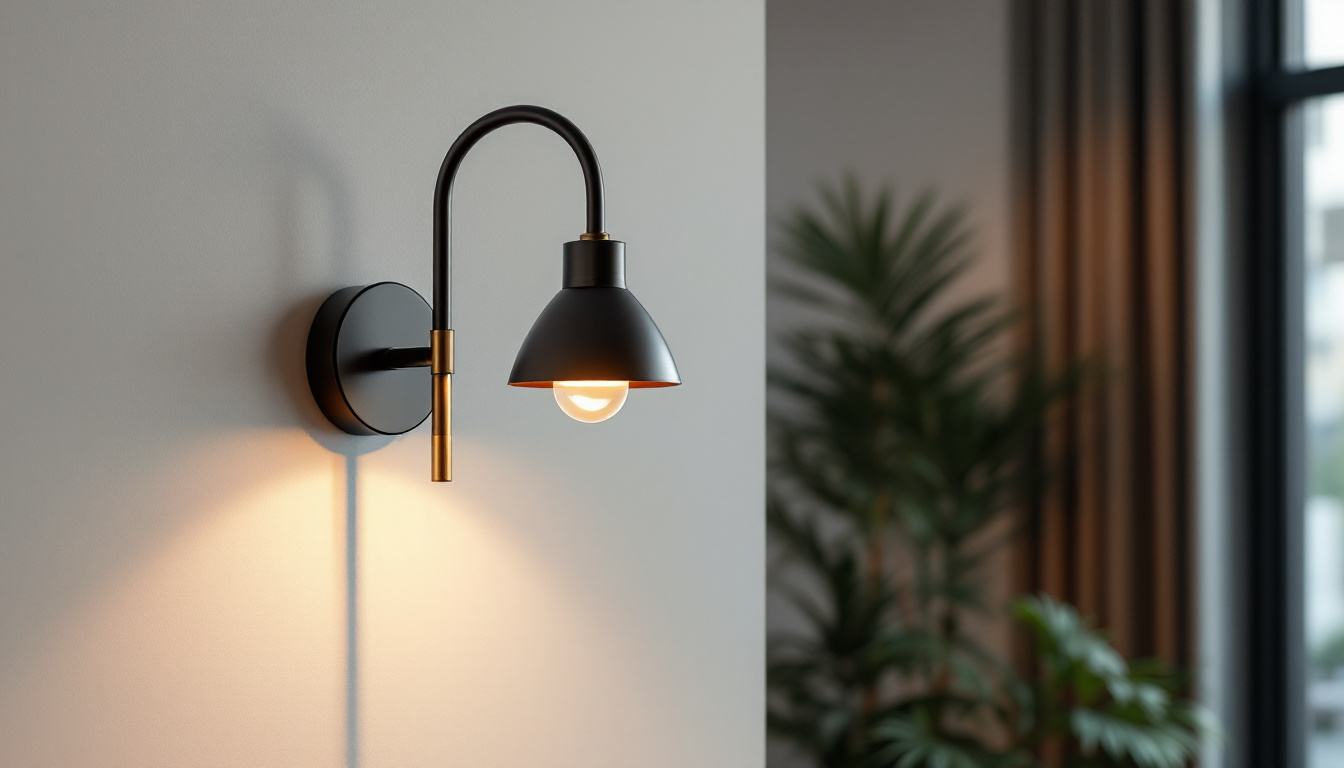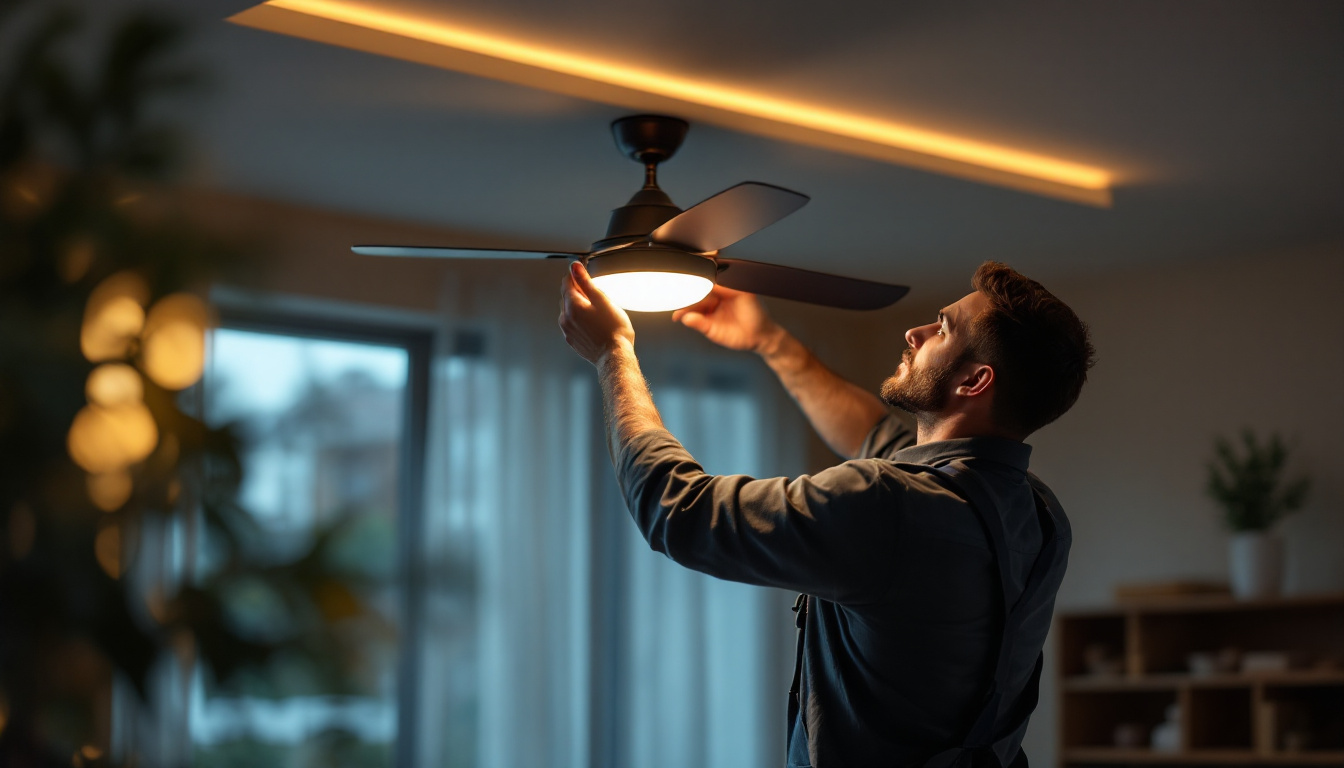
Outdoor sign lighting has always been a critical component of effective business visibility and wayfinding. With the rise of solar technology, many lighting contractors are shifting towards solar-powered solutions to reduce energy costs and simplify installation. However, solar outdoor sign lights come with their own set of challenges that require specialized knowledge to ensure optimal performance and longevity.
Unlike traditional wired lighting, solar sign lights rely entirely on sunlight to charge their batteries. This dependency means that placement, weather conditions, and maintenance routines differ significantly from conventional lighting systems. For contractors, understanding these nuances is essential to deliver a reliable, efficient lighting solution that meets client expectations.
One of the primary challenges in solar outdoor sign lighting is the variability of sunlight exposure throughout the year. In regions with long winters or frequent overcast days, the efficacy of solar lights can be significantly reduced. Contractors must carefully assess the geographical location and seasonal sunlight patterns when designing a solar lighting system. This may involve conducting site surveys to identify optimal placement that maximizes sun exposure, ensuring that the solar panels receive adequate light to function effectively even during less sunny periods.
Furthermore, the technology behind solar lights is continually evolving, which can add complexity to the selection process. Modern solar lights often come equipped with features such as motion sensors, dimming capabilities, and smart technology integration. While these advancements can enhance functionality and energy efficiency, they also require contractors to stay updated on the latest products and installation techniques. Understanding how to integrate these features into existing sign structures without compromising aesthetics or performance is crucial for achieving a successful installation that meets both client needs and industry standards.
One of the most critical steps in installing solar outdoor sign lights is conducting a detailed site assessment. Solar panels need direct sunlight for several hours daily to charge batteries adequately. Shaded areas, even partial shade from trees, buildings, or signage structures, can drastically reduce the system’s efficiency.
Contractors should use tools like solar pathfinders or smartphone apps that simulate sun exposure throughout the day and across seasons. This data helps determine the optimal mounting location for solar panels, ensuring maximum sunlight absorption and consistent lighting performance. Additionally, it is beneficial to conduct assessments at different times of the year, as seasonal changes can significantly affect sunlight availability. For instance, winter months may present unique challenges due to lower sun angles and increased cloud cover, which could necessitate adjustments in placement or angle.
Proper panel orientation is often overlooked but plays a vital role in system efficiency. Solar panels should face true south in the northern hemisphere or true north in the southern hemisphere for maximum exposure. Additionally, adjusting the tilt angle to match the latitude of the installation site can improve energy capture.
Failing to optimize orientation and tilt can lead to insufficient charging, resulting in dim lighting or lights that don’t operate throughout the night. Lighting contractors must educate clients on these technical details to set realistic expectations. Furthermore, they should consider the potential for future obstructions, such as nearby trees that may grow taller over time, or new construction that could cast shadows on the panels. By planning for these possibilities, contractors can ensure the longevity and reliability of the solar lighting system, ultimately providing clients with a sustainable and effective solution for their outdoor signage needs.
The battery is the heart of any solar lighting system. It stores the energy collected during the day and powers the lights after sunset. Using low-quality or undersized batteries often leads to premature failure, inconsistent lighting, and increased maintenance costs.
Contractors should specify high-grade lithium-ion or sealed lead-acid batteries designed for outdoor use and deep cycling. These batteries offer better longevity, faster charging, and improved performance in varying temperatures. Investing in quality batteries upfront reduces callbacks and enhances client satisfaction. Moreover, high-quality batteries often come with warranties that can provide peace of mind to both contractors and clients, ensuring that any potential issues are covered without additional costs.
Calculating the correct battery capacity is essential. The battery must store enough energy to power the lights through the longest expected period without sunlight, such as consecutive cloudy days. Underestimating this can cause the lights to dim or shut off prematurely.
Lighting contractors should analyze the wattage of the LED fixtures, expected daily runtime, and local weather patterns to determine the appropriate battery size. Oversizing the battery slightly can provide a buffer against unexpected weather changes and extend the system’s reliability. Additionally, it’s beneficial to consider the potential for future expansion of the lighting system. If a project may grow in scope, having a battery with a higher capacity can accommodate additional fixtures without needing a complete system overhaul. This foresight not only saves time but also enhances the overall value of the installation for the client.
LED technology is the standard for solar outdoor sign lighting due to its low power consumption and long lifespan. However, not all LEDs are created equal. Selecting high-efficiency LED fixtures that deliver optimal brightness with minimal wattage is crucial for maximizing battery life and overall system efficiency.
Look for fixtures with a high lumen-per-watt ratio and ensure they have appropriate beam angles to illuminate the sign evenly without wasting energy. Durable, weather-resistant housings are also important to withstand outdoor conditions. Additionally, consider the color temperature of the LED lights; warmer tones may enhance visibility during the evening while providing a more inviting appearance, whereas cooler tones can create a more modern and sleek look. Furthermore, incorporating dimmable LED options can allow for adaptability based on the time of day or ambient light conditions, ensuring that the signage remains effective and energy-efficient.
Integrated solar lighting kits combine the solar panel, battery, and LED fixture into a single unit. These kits simplify installation and reduce wiring complexity, making them ideal for smaller signs or locations where running electrical conduit is challenging.
However, integrated systems may have limited battery capacity and less flexibility in component selection. Contractors should evaluate the scale and specific requirements of the project before recommending integrated kits versus custom-built systems. It’s also worth noting that some integrated kits come with advanced features such as motion sensors or timers, which can enhance functionality and further conserve energy. When choosing a kit, it’s beneficial to assess the manufacturer’s reputation and warranty offerings, as these can be indicators of the product’s reliability and longevity in various environmental conditions.
Solar panels and fixtures accumulate dirt, dust, and debris over time, which can significantly reduce energy absorption and light output. Routine cleaning should be part of the maintenance plan to keep the system operating at peak efficiency.
Contractors should advise clients on the importance of periodic inspections to check for loose connections, corrosion, or damage caused by weather or vandalism. Preventative maintenance extends the lifespan of the system and prevents costly repairs.
Clients often expect solar sign lights to perform identically to wired lighting systems, which is not always feasible. Lighting contractors must communicate the limitations of solar technology, such as reduced performance during extended cloudy periods or shorter illumination times in winter months.
Providing detailed information about system capabilities, maintenance requirements, and potential environmental impacts helps build trust and reduces the likelihood of dissatisfaction or disputes.
Modern solar lighting systems increasingly incorporate smart controls like motion sensors, dimmers, and remote monitoring. These features optimize energy usage by adjusting light output based on activity or ambient light conditions, extending battery life and reducing wear.
Lighting contractors who integrate these technologies can offer clients enhanced functionality and cost savings, differentiating themselves in a competitive market.
The solar lighting industry evolves rapidly, with improvements in panel efficiency, battery chemistry, and LED technology emerging regularly. Contractors should invest time in ongoing education through trade shows, manufacturer training, and industry publications.
Staying current enables contractors to recommend the best products and installation practices, ensuring long-term success and client satisfaction.
Even though solar sign lights are often considered low-voltage and sometimes exempt from certain electrical codes, contractors must verify local regulations before installation. Zoning laws may also restrict the placement or brightness of illuminated signs.
Failure to comply can result in fines, forced removal, or costly modifications. Proper due diligence protects both the contractor and the client.
Solar lighting components typically come with manufacturer warranties covering defects and performance. However, improper installation or maintenance can void these warranties. Contractors should familiarize themselves with warranty requirements and ensure installations meet manufacturer guidelines.
Providing clients with clear warranty information and maintenance instructions helps protect their investment and reinforces the contractor’s professionalism.
Solar outdoor sign lighting offers significant benefits, including energy savings, ease of installation, and environmental friendliness. However, success hinges on a contractor’s ability to navigate the unique challenges posed by solar technology.
By prioritizing thorough site assessments, selecting quality components, educating clients, and maintaining systems proactively, lighting contractors can deliver reliable, effective solar lighting solutions that stand the test of time. Embracing technological advancements and adhering to best practices will position contractors as trusted experts in this growing field.
Ready to elevate your solar outdoor sign lighting projects with the highest quality products at the best value? Look no further than LumenWholesale. We provide lighting contractors with spec-grade lighting solutions that meet the most rigorous industry standards. Our direct-to-contractor approach ensures you get unbeatable wholesale prices without the middleman markups. Plus, with free shipping on bulk orders, you can stock up on premium lighting while keeping your costs down. Make your next project shine with the perfect blend of quality, affordability, and convenience at LumenWholesale. Wholesale Lighting at the Best Value is just a click away.

Discover the key considerations for lighting contractors when selecting gooseneck wall sconces.

Discover innovative hacks for smart lighting contractors looking to optimize ceiling fan installations.

Discover essential guidelines and common pitfalls for lighting contractors when dealing with electric dryer wall outlets.

Discover how dusk to dawn flood light fixtures can be a game-changer for lighting contractors.